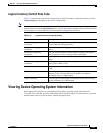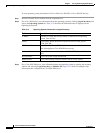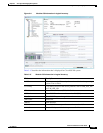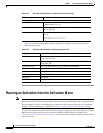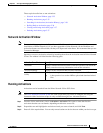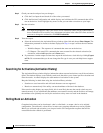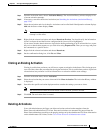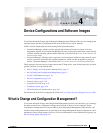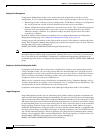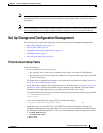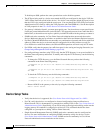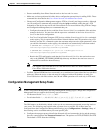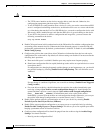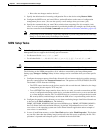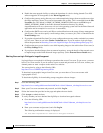
CHAPTER
4-1
Cisco Prime Network 4.0 User Guide
OL-29343-01
4
Device Configurations and Software Images
Cisco Prime Network Change and Configuration Management (CCM) provides tools for managing the
software images and device configuration files used by the devices in your network.
CCM is also the launch point for the following Prime Network features:
• Transaction Manager, which is used to manage and execute activations on groups of devices.
Information appears in the Transaction Manager tab only if transactions have been created outside
of Prime Network and then added to Prime Network, as described in the Cisco Prime Network 4.0
Customization Guide.
• Command Manager, which provides a repository of all commands available in the system. It can be
used to create new commands and command sequences, which can then be applied to groups of
devices. Command Manager is described in the Cisco Prime Network 4.0 Customization Guide. .
These topics provide an overview of the features that CCM provides, some initial setup tasks you must
perform, and how to work with the GUI:
• What is Change and Configuration Management?, page 4-1
• Set Up Change and Configuration Management, page 4-3
• Use the CCM Dashboard, page 4-10
• Device Configurations, page 4-12
• Software Images, page 4-26
• Configuration Audit, page 4-45
• Compliance Audit, page 4-50
• Global Settings and Administration, page 4-61
For information on the devices supported by CCM, see Cisco Prime Network 4.0 Supported Cisco VNEs.
What is Change and Configuration Management?
Cisco Prime Network Change and Configuration Management provides tools that allow you to manage
the software and device configuration changes that are made to devices in your network. Device
configuration management tools are provided by the Configuration Management (CM) function, and
software image management tools are provided by the Image Management function. Operations can be
performed on user-created groups of devices. For more information on user-defined device groups, see
Device Groups Setup Tasks, page 4-9.



